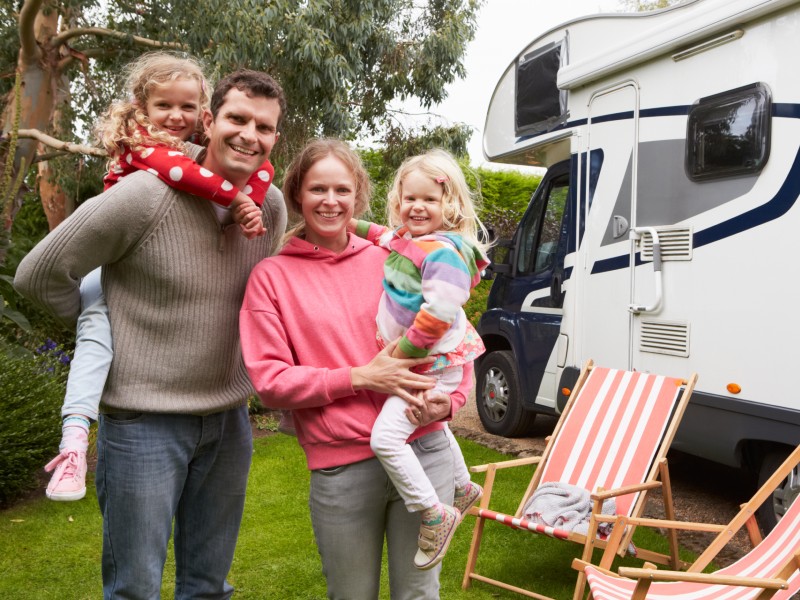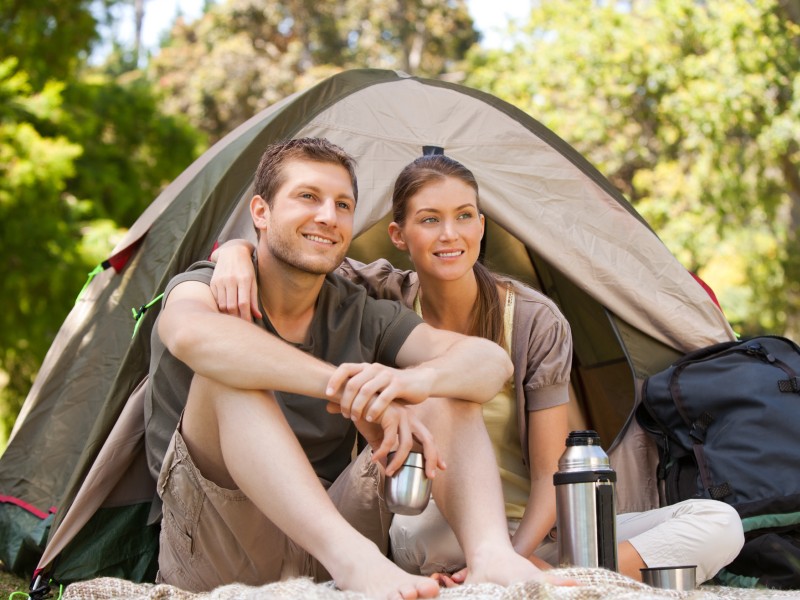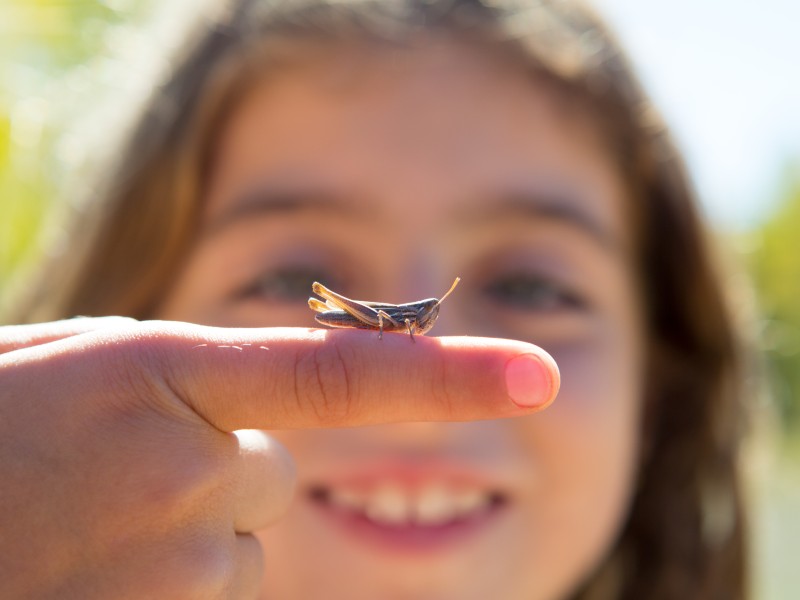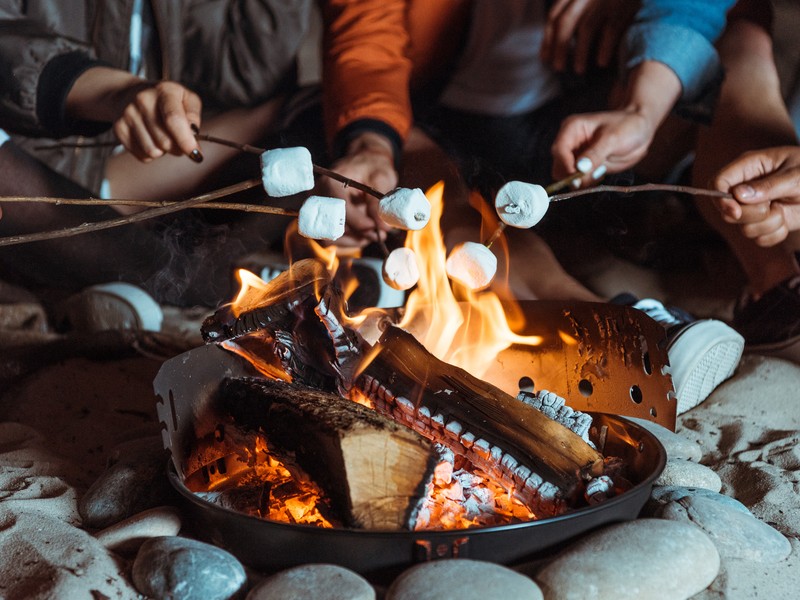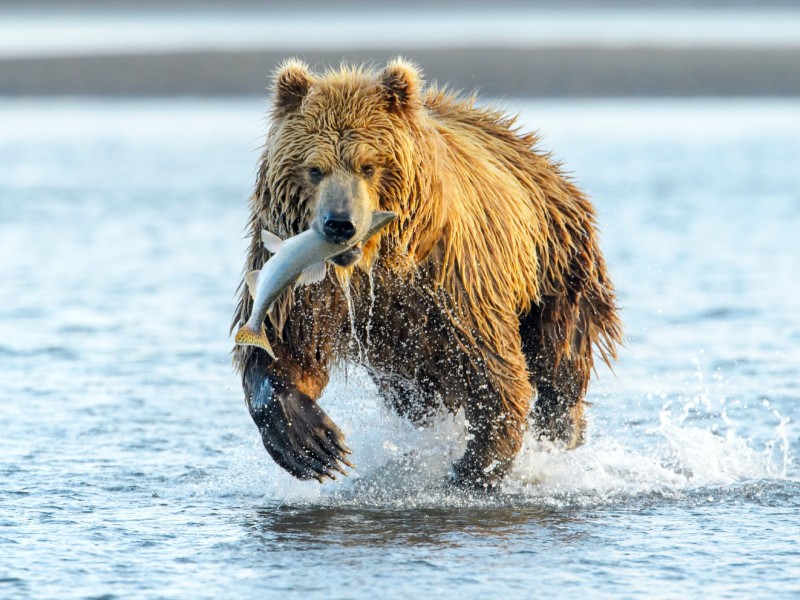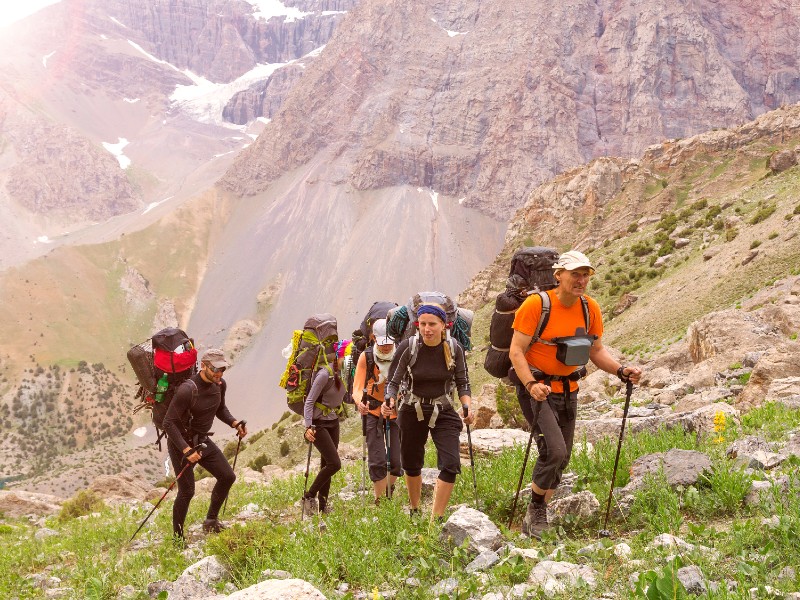When spring arrives, so too does the camping season. You’re urged to pull out the ‘ole camping essentials and your minimalist camping gear, pick camping destinations, and generally get the itchy feet for adventure.
The type of camping you plan decides the camping gear you need, which depends on your personality and your resources. Campsites can run the gamut from primitive, died-in-the-wool backcountry to glamping, where you have all of the comforts of home recreated in a different setting.
The myriad destinations are scattered all across this beautiful country. It can be education itself. Actually, going to and from various destinations can provide historical, governmental, and social contexts that may be easier to absorb than in a classroom.
Remain agreeable with the open road, especially if you will be traveling to a destination with a specific point in mind. All along the way, meet the locals in small towns, see the grandeur of national treasures, feast on untamed regions, and embrace the call of the “siren.”
She sings a melody that will capture the hearts of all who listen intently.
Camping is one of the last vestiges of unspoiled nature. Memories will be made that will last a lifetime.
Children will grow up and want to take their families camping. You leave a wonderful legacy for your children when you slow down and take the time to spend quality time together.
For a true camping experience, stay away from asphalt “campgrounds” and seek out the flora and the fauna of Mother Nature so that you can connect with something bigger than yourself.
Everyone should try camping at least once. The magnificent views, solitude, relaxation, and natural settings have a way of “soothing the savage beast.” When you are stressed to the max with a job or a home situation, getting out into nature can give you a different perspective.
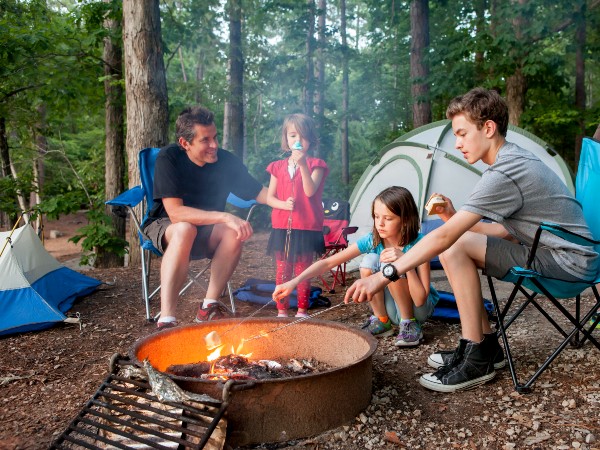
Birds singing, small animals scurrying, babbling brooks, meandering streams, starlit nights – what is there not to like?
Whether you’re going away with a group of friends or on a family outing, camping will require some up-front preparation and equipment.
If you have never camped before, and you are not sure how adventurous you want to be, try a KOA type of setting, where more comforts are available for the “community” of campers.
Consider the needs and desires of everyone who will accompany you. You will find sites that cater to tents or RVs. Cabins may be available if you don’t own or don’t want to rent an RV.
Think about the types of experiences you want to have. Some of our National Parks provide such breathtaking scenery and encounters that you will forget you are in the civilized world.
How far do you want to go to be “off the grid?” You can find it if you research well. Not all campgrounds will offer this much of a rustic adventure.
If it is less “grand adventure,” you can find that, too. Regardless of how little or how much you want to experience, there is a destination for you.
KOAs
KOAs usually provide a variety of facilities on-site, such as bike and boat rentals, swimming pools, game rooms, laundry rooms, and movie rentals. If you cannot do without television or internet, some KOAs will offer these for an additional charge.
They also may offer planned outings, such as crafts for the kids or trails for guided walks. Every KOA offers its own unique brand of activities.
Types of Shelters at KOAs
#1 of 3: Tent Camping
Some KOAs may have tents already set up, so you can choose to bring your own or rent one at the site. However, you will be responsible for bringing the minimalist camping gear you need. The camping essentials in this field are:
- Sleeping bags or cots
- Cooking utensils
- Mat or rug to place outside the tent
- Folding chairs
- Food
- Games, puzzles, crafts, darts, etc.
- Lanterns
- Camping stove
- Toiletries
- Linens
- Bug spray
- Firewood – Look for leftover wood from friends or neighbors before you go. It can be costly at the campground
- Appropriate clothing
- Recreational gear, e.g., fishing poles, mountain bikes, hiking boots, etc.
- Backpacks
- Folding shovel
#2 of 3: Cabins
Generally, cabins will have the basic necessities and be perfect for holding the minimalist camping gear you bring; however, you should still inquire about what is provided. Depending on how rustic the cabins are, you should be prepared to go to a communal area for a shower or to the bathroom.
If that is going to be a problem, opt for a different type of accommodation. Kids may get a kick out of “roughing” it. You may or may not have electricity or water.
If it is “super” primitive, where you basically have a solid roof over your head and a solid floor beneath you, be prepared to bring the same items that are in the list above for tents.
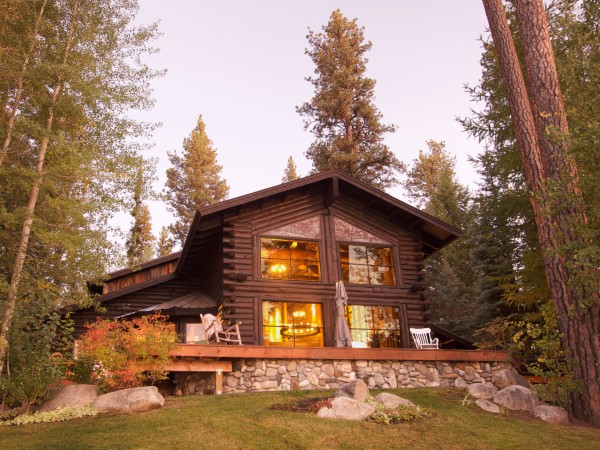
#3 of 3: RVs
Bring your own or rent one and have it delivered. At most sites, KOA campgrounds will have camping essentials like hookups for water and electricity.
You may have full hookups, which include sewer, but reserve this type of site in advance and request that amenity to be certain you get what you want. Usually, large campgrounds will provide some sites with sewer hookups and others without them.
Even if your site does not have sewer, dump stations are usually nearby.
Kids, especially, will likely want to bring their various technological accouterments, but if you can provide them with a stirring alternative, they may forget about them.
First-time campers need to plan very well in order for everyone to have a great experience. Once you have done it, you will likely want to return again and again.
UN-REGIMENTED CAMPGROUNDS
In un-regimented campgrounds, you’re generally responsible for your own everything, and that’s why minimalist camping gear is what you bring. During the decision-making process, you may determine that you prefer something less ordered than a KOA.
You’ll need to have a plan if the people around you are loud and obnoxious.
You should still consider the likes and dislikes of those accompanying you. Allow those traveling with you to help choose the type of camping they would like.
Go online and show them the different types of camping choices and talk to them about what to expect with each type of arrangement.
Since most kids like water, that can be one of the criteria to help narrow the choices. Start planning early so that you can acquire the type of camping you want, as well as the location of the campground.
It does not have to be hundreds of miles away; there are plenty of camping experiences closer to home. You may want to use a nearby campground to introduce the idea and then venture out the next time.
In un-regimented campgrounds, you will likely have to provide everything yourself, including entertainment for the kids. After you have camped once or twice, it will become easier each time.
All of those items you forgot the first time around, you can make sure you have. Even with a camping list, the first time you camp, you will likely wish you had brought something you realize you can use.
If you think you are going to camp on a regular basis, it may be better to purchase your own tent, pop-up, or RV if storage is not an issue.
If the cost to store your camper becomes problematic, you may soon decide that it is not worth it. With a tent, storage may not be as much of a problem if you can store it in the garage or other space.
Tent Camping
Realizing that not everyone is cut out for rustic camping, choose the type of shelter you prefer.
If tenting is your choice, have a dress rehearsal before you go. You want to be sure it is staked well so that it does not fly away during high winds.
A rain tarp is one of the camping essentials necessary so that you will remain dry in case of a rainstorm. A vent and a flap that closes tightly are also good ideas.
- Sets up in 1-5 minutes thanks to pre-attached poles
- Integrated rainfly offers extra weather protection and improves airflow
- Double-thick Polyguard 2X fabric stands up to the elements season after season
- Fits 1 queen-size air bed
- Dimensions: 8 x 7 ft.
- Center height: 4 ft. 11 in.
- 1-year limited warranty
You will be glad you chose your tent wisely when you’re exposed to different elements of weather and insects. Include an umbrella or gazebo-style cover for shelter when you are not inside the tent.
If you are tent camping with a large group, it may be beneficial to have a separate tent for luggage, changing clothes, keeping supplies, storing necessities, and maybe even a porta-potty if you are a good distance from the bathrooms.
Late-night treks to the bathroom may not endear you to the camping experience, especially if you have children. Provide flooring inside the tent. An old rug or a piece of leftover carpet will do nicely.
“Glamping” may be your cup of tea. These tents that are already set up may provide amenities like flooring, electricity, kitchens, comfortable mattresses, refrigerators, and other conveniences that are more attuned to what you can easily handle.
Explore the Great Outdoors with Us!
Cabins
Some campgrounds may have cabins for rent, which may be more comfortable than a tent. Having an actual bed and a solid roof over your head may be more to your liking. They’re also perfect for holding the minimalist camping gear you bring.
You may feel safer, especially if bears or other animals are in the area. Some may be quite primitive, with no facilities, while others have more “creature comforts.”
Always, always, always double-check and know what is provided before you arrive. How terrible it would be to arrive with your food and menus prepared for the days ahead and discover that the camping essentials like cooking utensils, or to prepare for bed and find that no bedding is provided.
So make sure it’s there.
Campers (RVs, Pop-ups, 5th Wheelers)
Keep a list inside your camper of everything you will need. The more times you camp, the more you will develop a list that works for you.
Some items are fairly standard, but others may be unique to you and your family.
If you own an RV, be sure to select campsites that will accommodate the size. Some campgrounds limit the sizes that are allowed.
Also, try to determine in advance the difficulty of parking your rig. Are the sites pull-thru? Can you easily back in? Are there large trees that will interfere with positioning your outfit?
Once you are in place, check and re-check every functioning item in and on the unit to ensure you have the camping essentials you need. Is the power on? Do the outlets’ work? Are the hookups what you expect? Have you forgotten anything?
Once you have unloaded everything and set up the site, it is more difficult to move if something is not working.
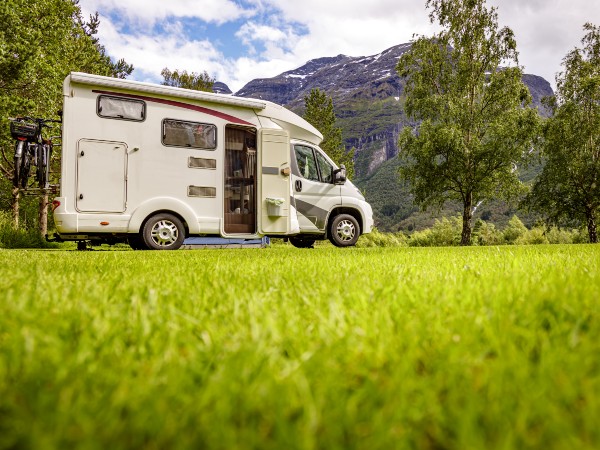
Unique Camping Essentials Options
When it comes to camping essentials and minimalist camping gear, some areas may have distinctive shelters, such as covered wagons, treehouses, yurts, camping under the stars, or retrofitted types of mobile units.
These entries onto the camping scene are not the norm and are likely more suited to the highly adventurous or to long-time campers who are looking for a different kind of experience.
Although children may find these unusual havens to be exciting, adults may or may not share their views.
Regardless of how well you plan, Murphy’s Law still prevails – If anything can go wrong, it will.
Err on the side of caution and prepare for the exact opposite of what you expect. Weather changes can be fast and furious.
For camping essentials, take along raingear, layer clothing so that you are warm enough or cool enough, and always have a medical kit because, at the very least, someone is going to have an upset stomach.
Preparing for the unexpected is true for any vacation, but it may be especially true on a camping trip because you may not have easy access to a convenience store or a medical facility.
Talk to everyone in your party about safety before you leave home. Explain the dangers of going off alone or without someone knowing where you are going.
Be prepared to summon help in case you do not have cell service. Learn some basic survival techniques, especially if you will be hiking off-trail. Whatever the outing, dress accordingly.
Carry water and snacks for long hikes. While these caveats sound simple, they can be life-saving.
Planning the menu in advance takes a lot of stress off meal time. You are out communing with nature to get away from the typical day-to-day routine, so doing some prep work before you leave home will leave more time to enjoy family or friends.
Plan simple meals that do not require a lot of work. If the trip is going to be short, and you do not want to cook, bring prepared foods or pick up items at the camp stores if there are any.
Would you like to be surrounded by trees? Are you an avid fisherman? Do you like boating or kayaking?
Maybe photography or art is your interest. Choose someplace that has outstanding scenery that you can capture. With the many different destinations available, you can always find those that speak to your heart.
If there is a wide discrepancy among family likes and dislikes, learn to compromise so that each person will, at some point, have an opportunity to experience his or her heart’s desire. You may find that more people than not will enjoy whichever destination is chosen.
Having a wonderful trip will depend on how well-prepared you are, your budget, your expectations, and your interests. Camping is usually one of the least expensive vacations you can take.
By directing your children’s attention away from their normal daily activities and onto all that nature has to offer, you may find them more imaginative and creative than you realize.
- ★COMPACT & LONG LIGHTING — Palm-sized(5.7 X 2.1 inch) portable led tent light, takes up very little room, easy to…
- ★150 LUMENS OFFERS MAXIMUM BRIGHTNESS — Each battery operated camping lights built-in 3 LED tent lamps beads, camp…
- ★3 LIGHT MODES SUPPORT MULTI-APPLICATION –The LED tent light bulbs comes with 3 light modes: HIGH / LOW / Strobe. Use…
- ★WATER-RESISTANT –IPX8 water-resistant & crafted from super ABS plastic. With anti falling carabiner stroller hook…
- ★ONE LIGHT, ENDLESS USES! –Our camp tent lights also used as decorative indoor lights, night lights, battery operated…
Put some thought and effort into the types of age-appropriate activities that will make them proud of their accomplishments.
Let them makeup stories around the campfire, hunt for pinecones, rocks, flowers, or leaves, plan a treasure hunt in the great outdoors, let them catch fireflies, catalog rocks, hunt for fossils, hike, or watch the animals.
Bring along books, card games, and board games. Play hide and seek in the dark, take nighttime walks, study the stars, prepare S’mores around the campfire, and go spelunking.
Of course, different activities will depend on where you choose as your destination and minimalist camping gear, but any of these will keep kids interested and engaged. If you are in a campground where you have to walk to the bathroom, make a game out of going to and from.
Kids love to carry flashlights.
Here are a few other tips for camping essentials that may be helpful. Look for a site with some tree coverage.
It can come in handy to help shelter the sun. Try to find a site that is upwind from the smoke of the neighbor’s campfire. Try to position your shelter according to where the sun rises and sets.
Whatever type of shelter you choose, hang some lights around it outside so that you can easily see. If kids are old enough, teach them how to start a fire or let them help you, stressing the importance of fire safety.
To keep items cold for longer periods, use a block of ice in the cooler. Put in drinks and food, then use ice cubes to fill in the remaining space. Have plenty of garbage bags on hand and take garbage to the dumpsters often.
Organize your campsite by creating different zones for lounging, washing, and eating. Put all items that are pertinent to the area in their designated place so that everyone will know where to look for what they need.
Insist that everyone put back items where they belong. Planning ahead cuts out much of the stress and worry over whether you have what you need. Above all else, keep the kids happy!
So, preparing in advance, choosing the shelter that fits your needs, and taking into consideration the various safety rules will pretty much ensure that you have a wonderful camping experience.
Consider the season before you decide on a location. There is enough information online to prepare you for any eventuality.
Novices do not have to be fearful. While most people will thoroughly enjoy camping, you must be ready to accept that some people will never enjoy the experience because they will not go.
Do not beat yourself up about it. Move ahead with your plans to share the experience with those who are interested, and maybe the naysayers will find something more to their liking. At any rate, do not be deterred if someone chooses not to go and have the minimalist camping gear with you.
3 Things to Know Before Going Camping (Video)
Related Questions
- What are some of the key factors to consider when choosing a camping destination?
When choosing a camping destination, key factors to consider include the desired activities and amenities available at the site, accessibility and distance from your location, as well as the weather conditions and seasonality of the area.
- How does the type of camping (e.g., tent camping, RV camping, glamping) influence the gear and preparations needed?
The type of camping significantly influences the gear and preparations required: for instance, tent camping often requires lightweight, compact equipment such as tents, sleeping bags, and portable cooking gear, while RV camping involves more substantial facilities like a motorhome, power generator, and sometimes even satellite TV.
Glamping, on the other hand, often comes with pre-arranged luxury accommodations, so the need for personal gear is minimal, yet personal comfort items and appropriate clothing are essential.
- What are some safety precautions to take when camping, especially in more remote or unregulated campgrounds?
When camping, especially in remote or unregulated campgrounds, it’s crucial to prepare for emergencies by packing a first-aid kit, having a reliable means of communication, and informing someone about your whereabouts and expected return time.
Additionally, ensure you store food securely to avoid attracting wildlife, maintain a safe distance from bodies of water and cliffs, and always have a map and compass on hand in case of lost GPS signal.
- How can you ensure that a camping trip is enjoyable for all members of the group, considering different interests and comfort levels with outdoor activities?
To ensure a camping trip is enjoyable for all members, it’s crucial to plan activities that cater to the various interests and comfort levels within the group, such as hiking for the adventurous, bird watching for nature lovers, or storytelling sessions for those who prefer relaxation.
Additionally, it’s important to communicate openly about everyone’s expectations and limitations regarding outdoor activities, ensuring that all necessary amenities and safety measures are in place to accommodate different comfort levels.
- What are some tips for meal planning and food storage during a camping trip to ensure convenience and food safety?
When planning meals for a camping trip, consider pre-cooking and freezing meals in vacuum-sealed bags for convenience and to reduce cooking time at the campsite, and choose non-perishable foods like canned goods, dried fruits, and nuts.
For food storage, use coolers with ice packs for perishables, store food in airtight containers to prevent wildlife access, and hang food in a tree if bears are a concern, ensuring food safety.
"Of all the paths you take in life, make sure a few of them are dirt."
-- John Muir
